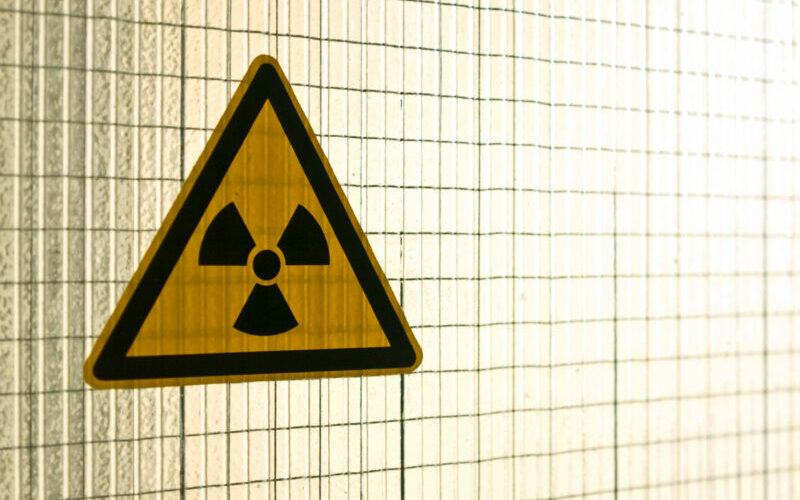
Despite many shortcomings, the Non-Proliferation Treaty remains a symbol of an inconsistent effort to ensure a world without threats of nuclear war.
The 2022 Review Conference (RevCon) of the Parties to the Nuclear Non-Proliferation Treaty (NPT) which was to meet from January 4 to 28 in New York has been postponed because of the resurgent virus. Consultations are under way to set a new meeting time.
Established in 1968, the iconic year of great hope for a generation emerging out of wars and colonialism, the NPT represented two distinctly parallel strands of thought. The first coalesced around initiatives of smaller countries such as the Republic of Ireland that mobilised public concern and reflected the zeitgeist on the streets in 1968.
The second strand emerged from the anxieties of governments of the nuclear weapons states, especially after the People’s Republic of China conducted atomic tests in 1964.
As governments and civil society consider their priorities for the review conference, what then are we to expect? This question assumes greater significance for Australia, as the country’s leaders respond to the changing climate following the hastily announced AUKUS trilateral pact for the supply of nuclear-powered submarines to Australia in 2021.
Three closely related aspects ought to be considered by the country’s decision makers as they address the review conference. They are (a) Australia’s commitment to international obligations, (b) security implications of the proposed AUKUS submarines, and (c) reactions within civil society, either as they exist now or as may be anticipated in the future.
A prominent commentator on international and security affairs, Allan Behm, recently argued that the NPT was in trouble because its signatories were challenging the obligations they had once accepted.
The NPT was always seen as a broader global project of creating a set of rules to bring order to the international system. It comprises non-proliferation under a strict verification regime, a right to nuclear science and energy for peaceful purposes, and disarmament of nuclear weapons for states that have them.
This means that states are subjected to inspections by the International Atomic Energy Agency, while having a legal recourse to pursue non-military adaptation of nuclear technology for civilian use. Nuclear weapons states (NWS) such as the US and Russia move towards reducing their older stockpiles, while continuing to enhance their capacity for greater harm by developing better weapons.
In the past, Australia’s stated position was to aim for greater accountability from the NWS, while widening the scope of non-nuclear weapons states (NNWS) to pursue the development of domestic nuclear energy. However, this position was undermined by its active opposition to and attempts to derail the Treaty on the Prohibition of Nuclear Weapons (TPNW) adopted by the UN General Assembly in 2017.
A decision to acquire nuclear-powered submarines under the AUKUS partnership would threaten this fraught history with further uncertainties. It would offer the United States an even greater say in Australian foreign policy in the Asia-Pacific-Indian Ocean region.
The specious defence that eight-nuclear propelled submarines do not constitute a breach of Australia’s commitment to nuclear disarmament and non-proliferation has two obvious problems.
Firstly, politicians and political commentators have made it clear that current tensions with China have played a substantial role in the current government’s decision to override earlier agreements for creating domestic capacities to build submarines with French support.
Secondly, this dystopian vision of a future world of nuclear showdowns could encourage governments of other NNWS in the region and elsewhere to follow a similar disingenuous narrative for nuclear militarisation.
In any case, the pathway from civil use to military weaponisation remains an issue of concern, that any sovereign country might follow. This could undo several decades of Australian diplomacy that sought to place the country as a reliable partner for securing peaceful policies and development in the Asia-Pacific-Indian Ocean region.
AUKUS is emblematic of a belligerence that is at odds with moral and ethical demands for the future. It posits a vision of military aggression and confrontation that increase the risk of war and war turning nuclear; and concedes authoritarianism and lack of debate as defining principles for the present.
In the past two years, the pandemic has forced Australia to become more atomised (to risk a pun). Yet, paradoxically perhaps, it has also witnessed exceptional examples of solidarity that extended across political, class, gender, and racial categories. People offered support to one another and their communities during the pandemic, the bushfires, and against toxic gender violence in the workplace.
Hopes for a peaceful future, free of threats of war, reside in these spaces. It represents another universal philosophical underpinning of human societies, where the need for collective peace overrides polarising calls for war. In many ways, it mirrors the urgent concerns of climate change and global warming that younger citizens are forcing upon their ageing leaders across the world.
The NPT Review Conference, therefore offers an opportunity to revive Australian civil society’s responsibility to reiterate its commitment to regional and global peace and a world free of nuclear weapons.
Professor Sanjay Barbora, Tata Institute of Social Sciences, India, is a Research Affiliate with the University of Melbourne’s Initiative for Peacebuilding. This article was stimulated by a closed-door roundtable discussion, “Would AUKUS undermine the NPT?” hosted by the Initiative for Peacebuilding on December 10.




